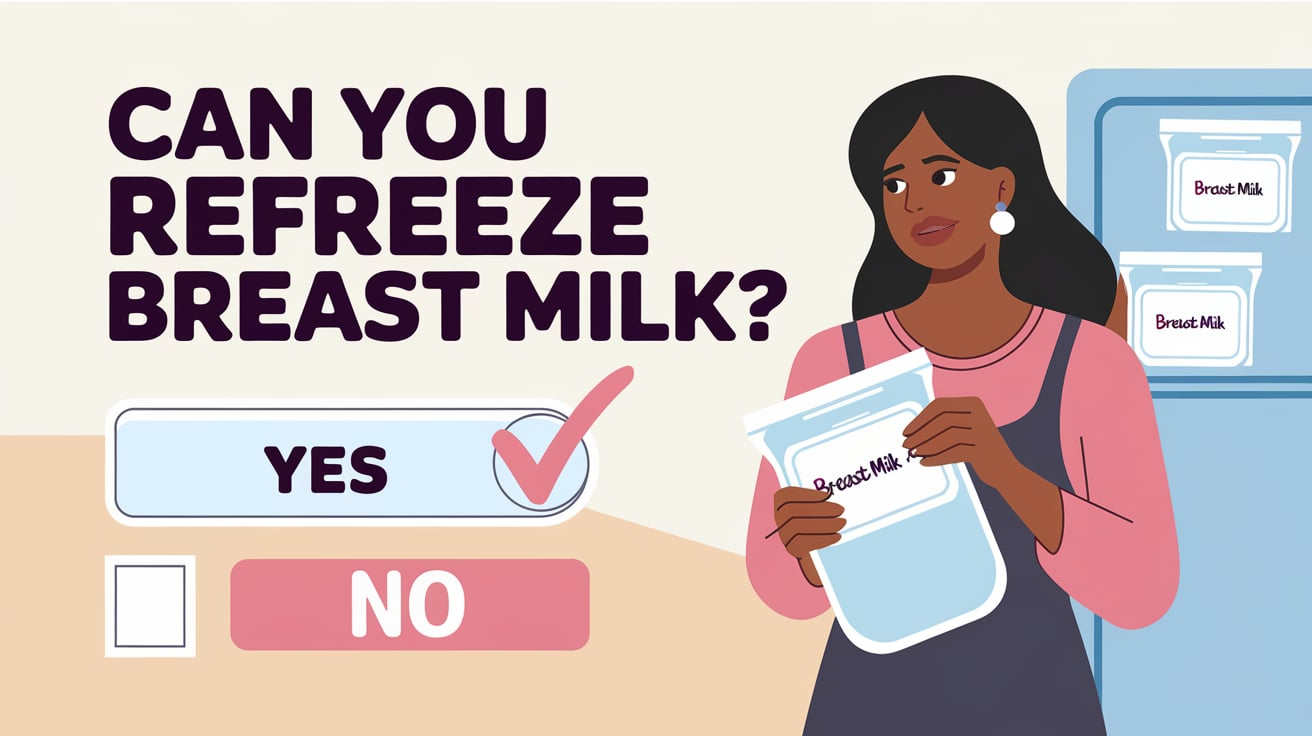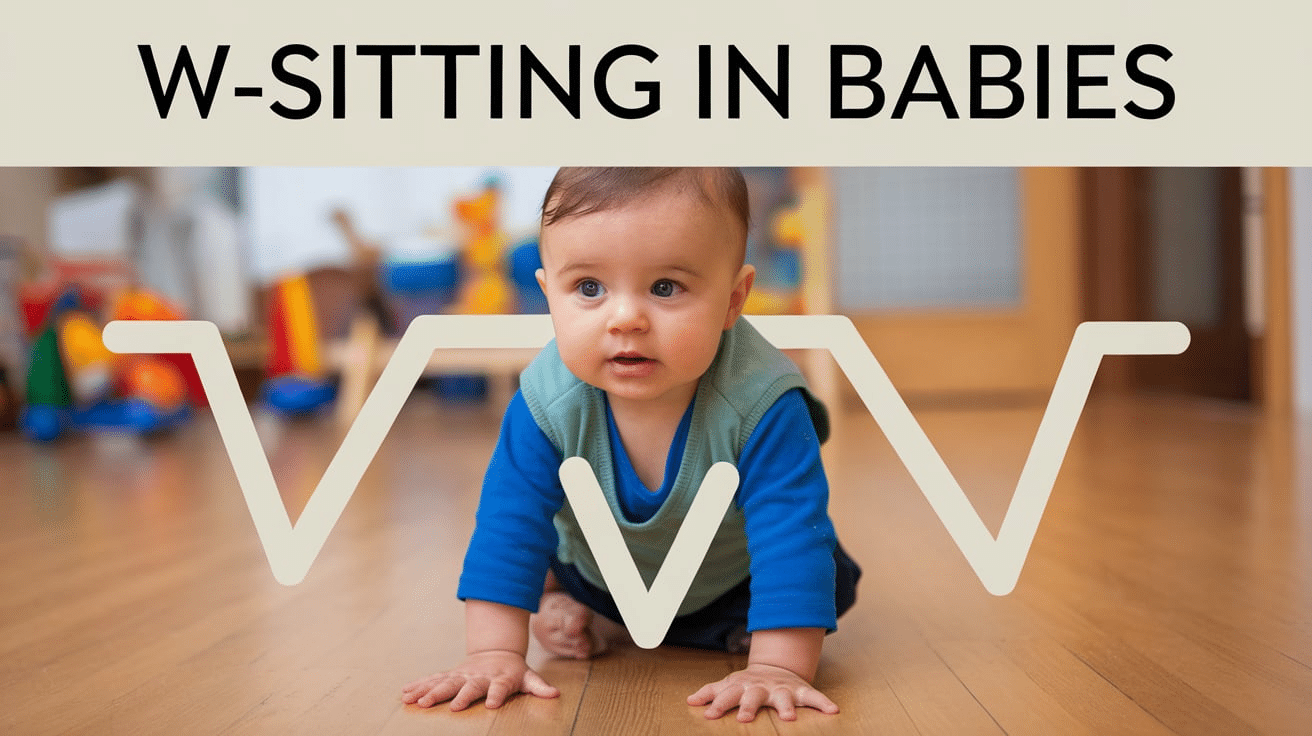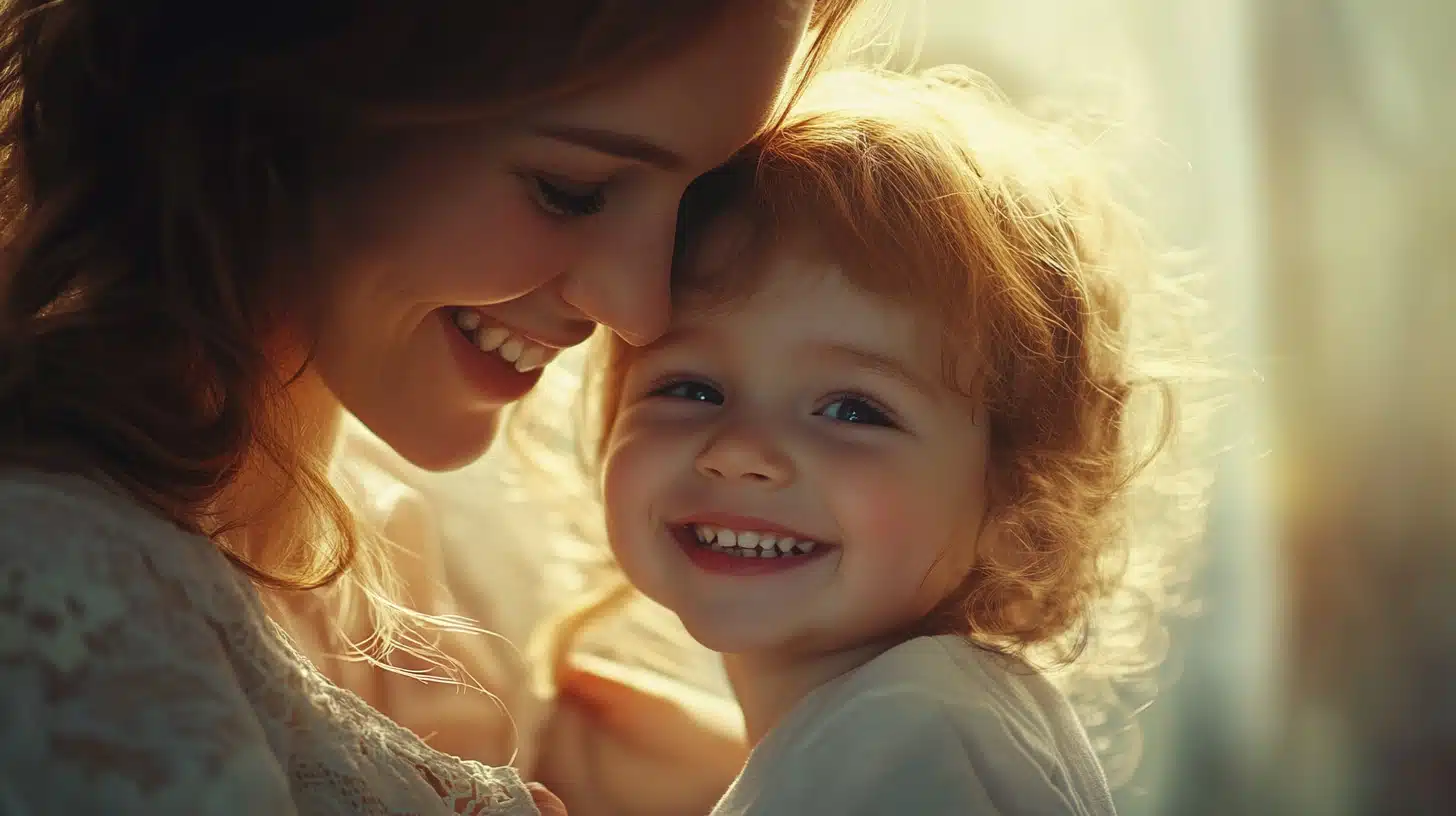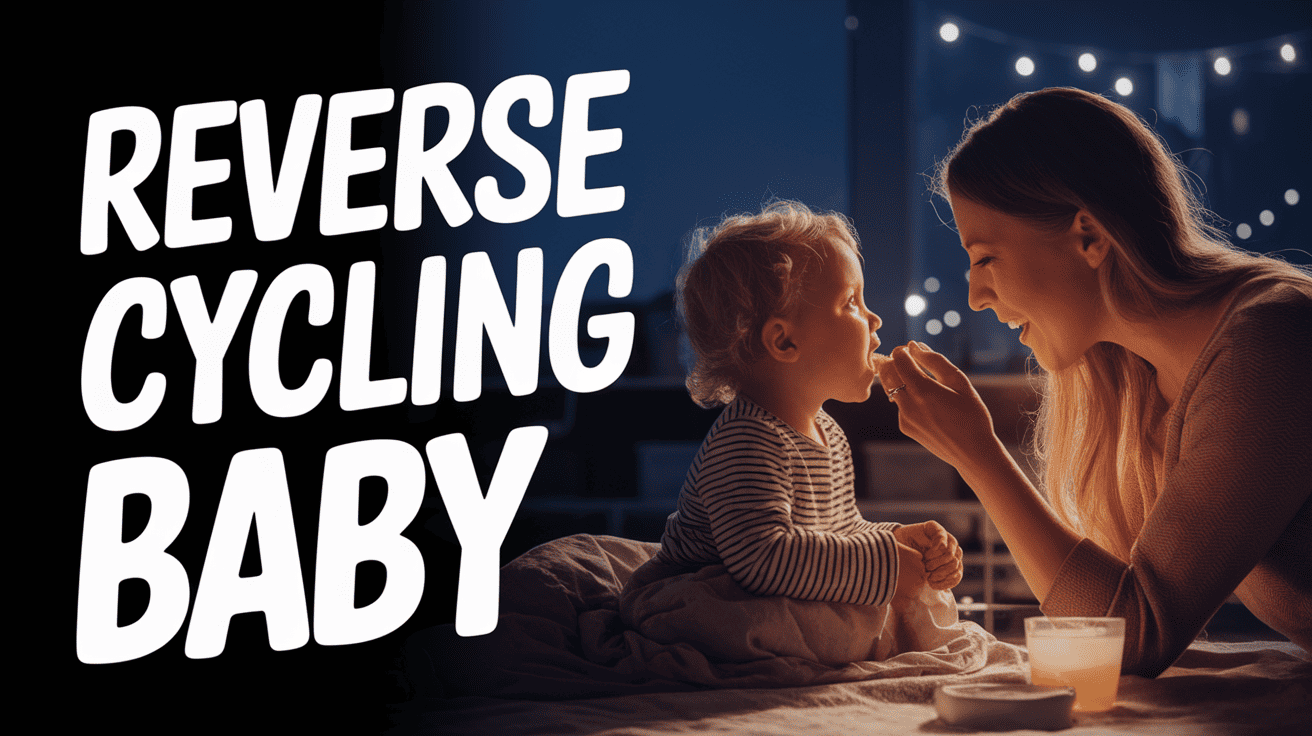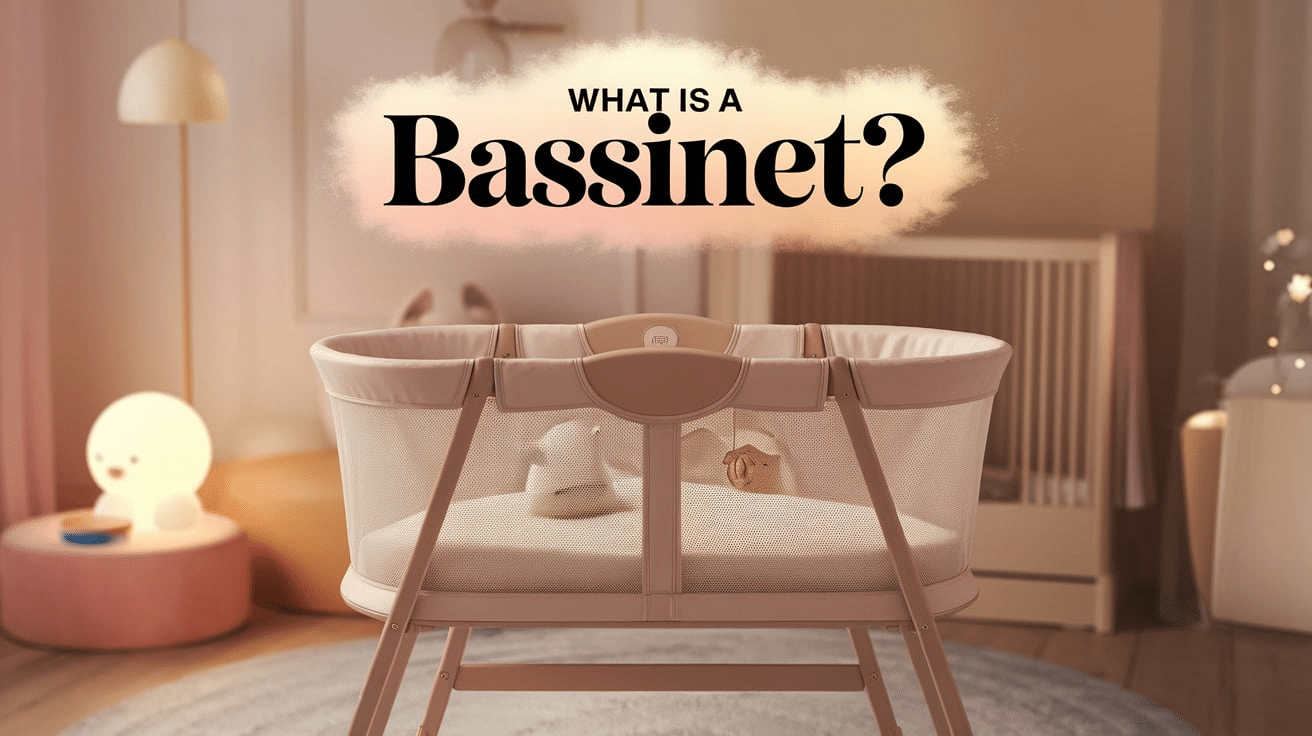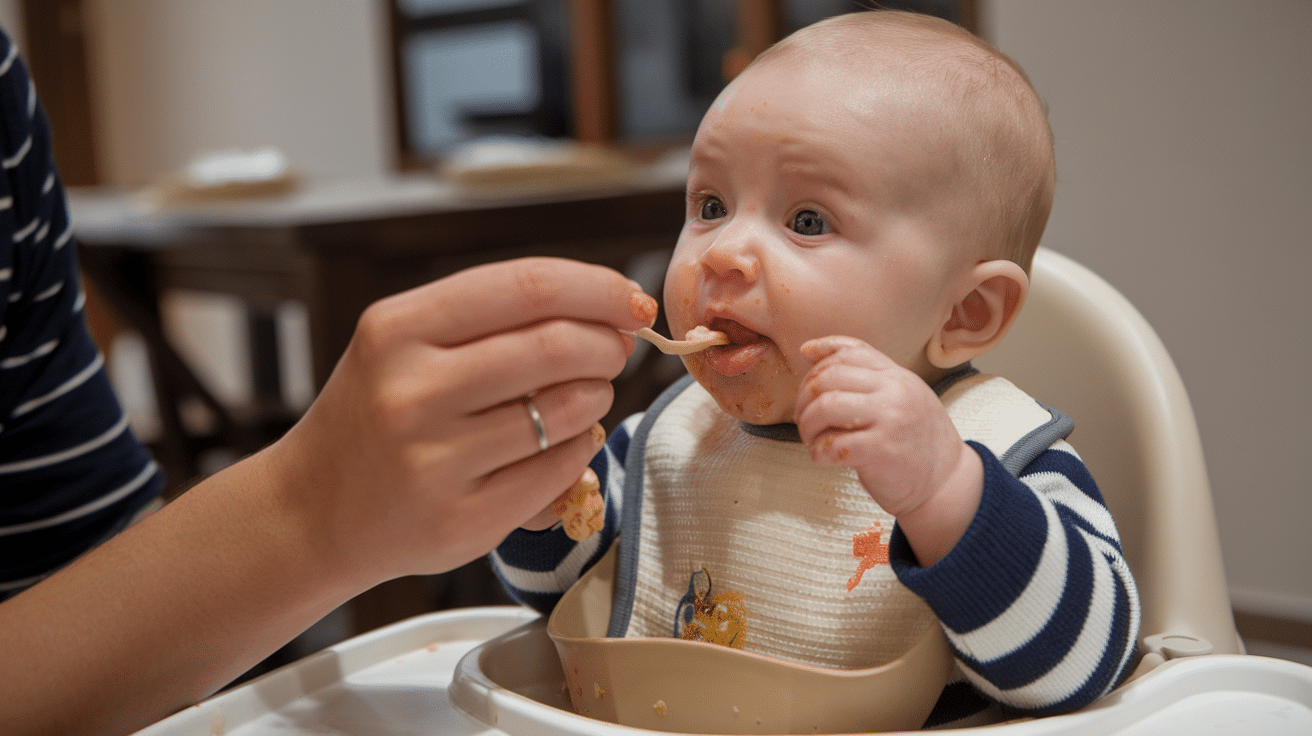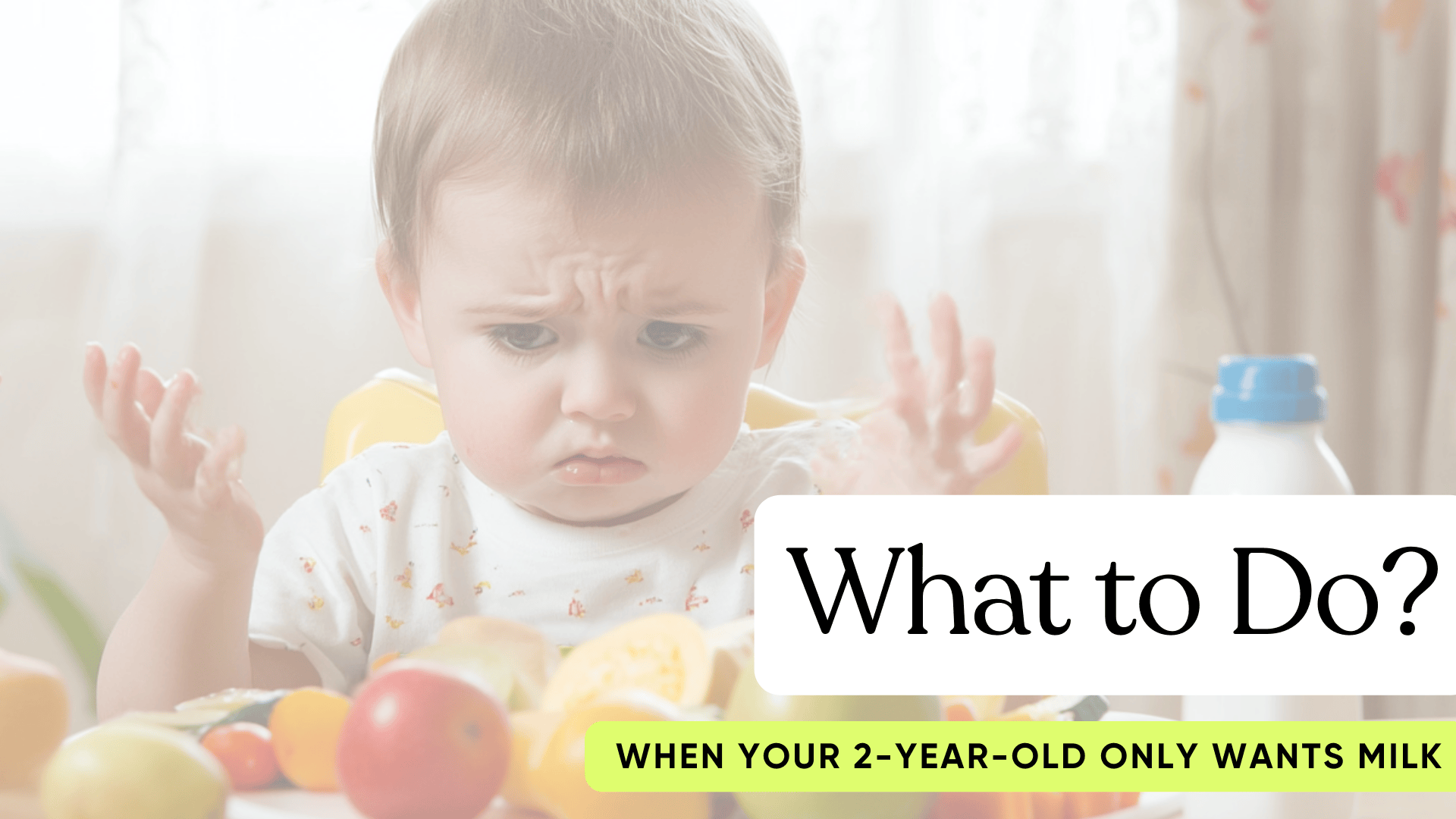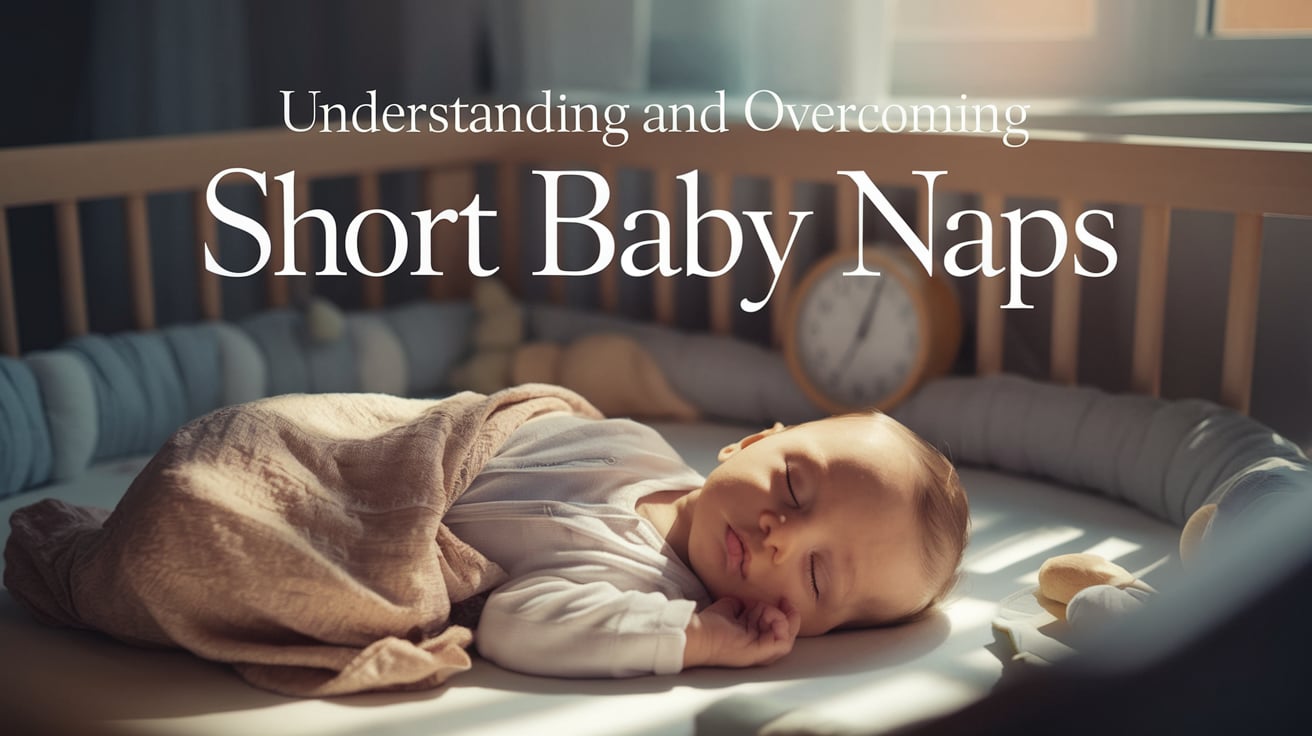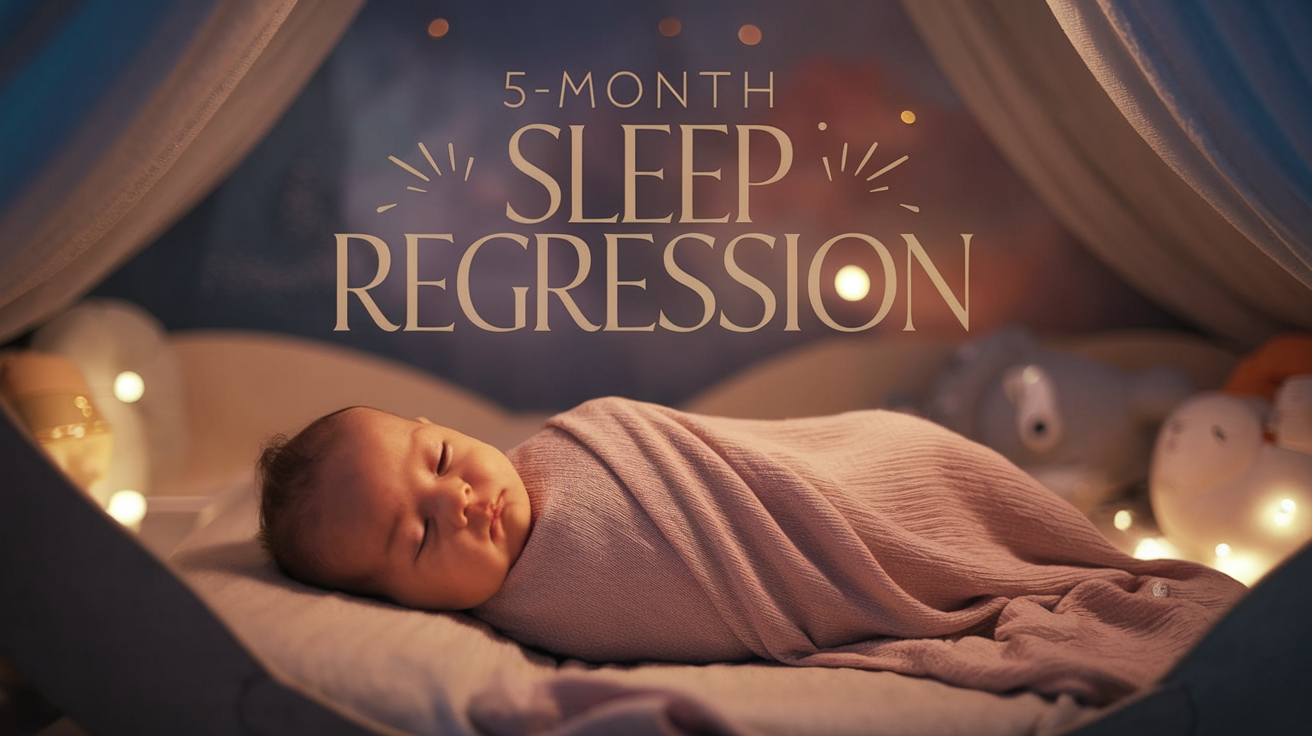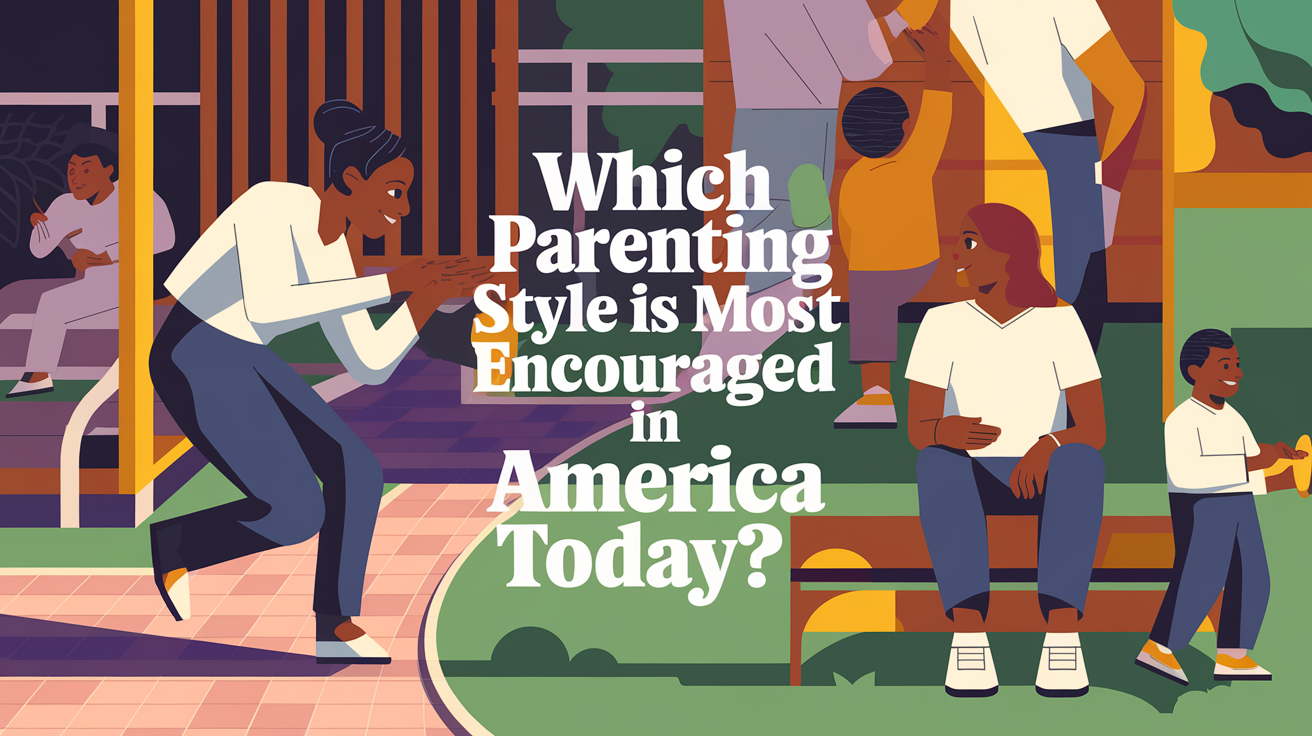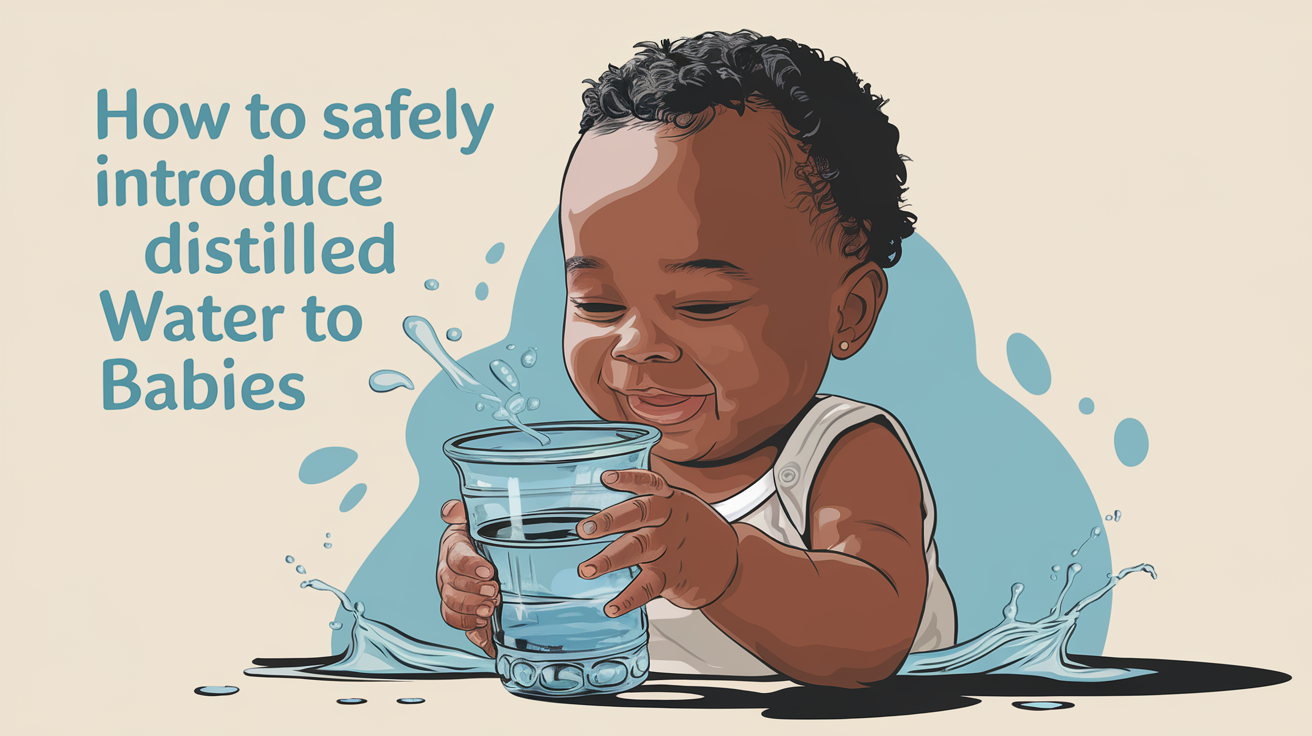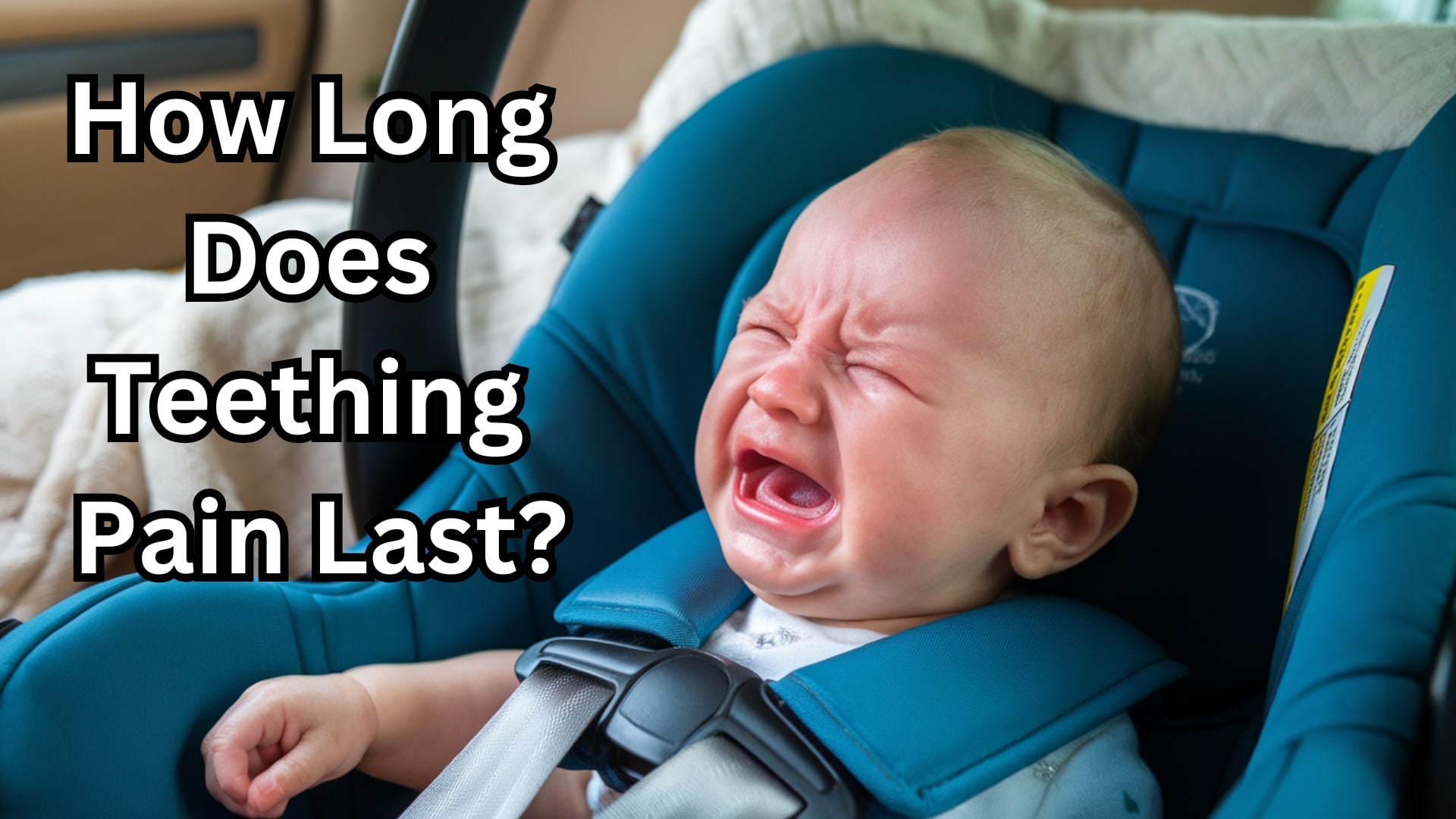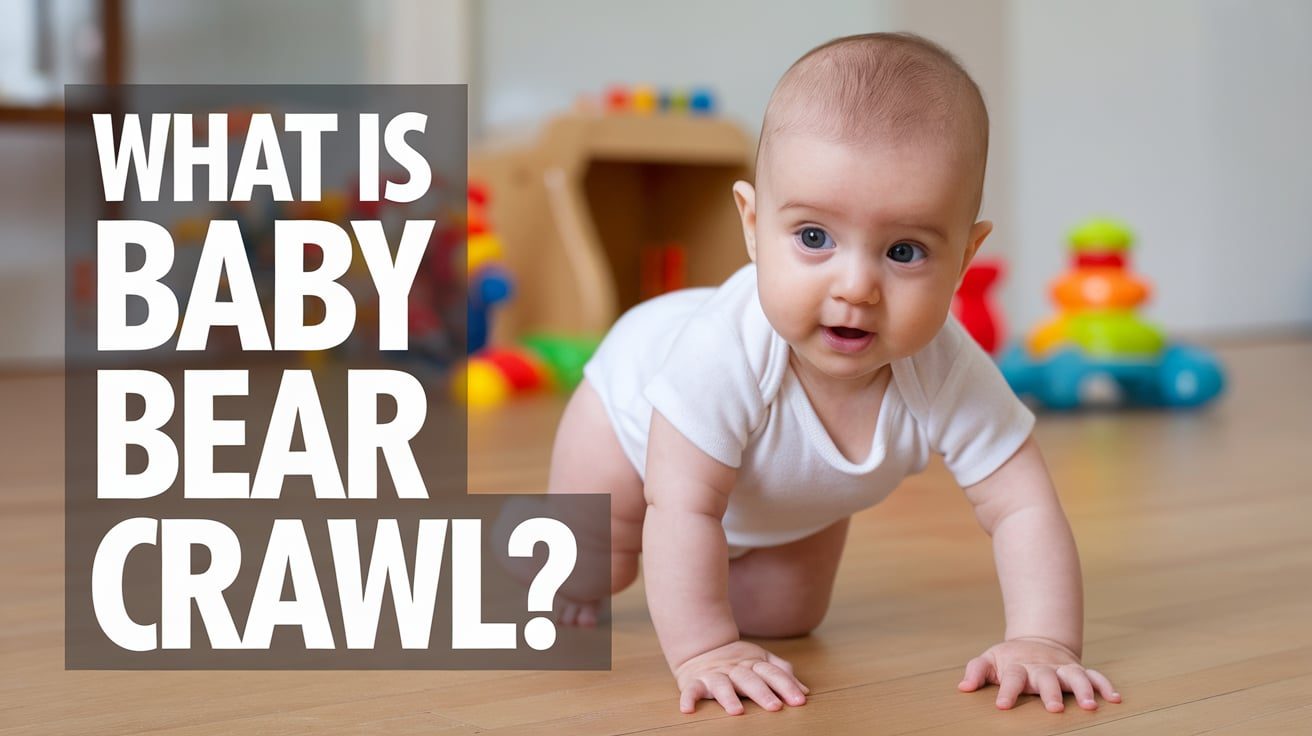
As your baby grows and becomes more mobile, you might notice him/her trying different ways of getting around.
One of these early movement styles is what experts call the “baby bear crawl.”
This is an important milestone in your child’s physical growth that many parents get excited to see. This is a normal part of how babies learn to move.
Some babies do this before learning the classic crawl on hands and knees, while others might skip it completely and stick with the bear crawl instead.
This movement helps babies build strength in their arms, legs, and middle body.
It’s an important step that gets them ready for walking later on. Let’s learn more about this cute crawling style and how you can help your baby practice it!
What Is the Baby Bear Crawl?
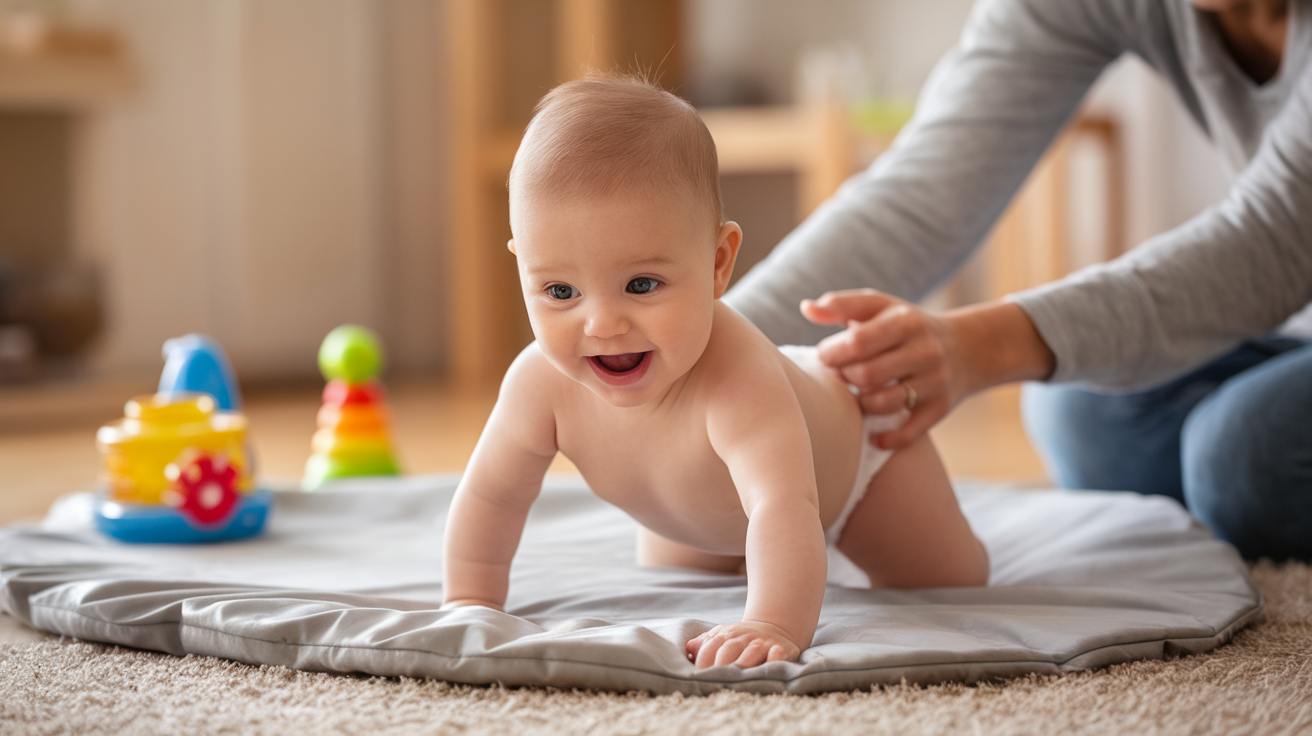
A baby bear crawls when babies move on their hands and feet with their bottom up in the air, similar to how a bear walks.
Unlike traditional crawling, where babies move on their hands and knees with their tummy closer to the ground, bear crawling keeps the knees off the floor.
Some babies prefer bear crawling because:
- It might feel more stable for them
- They can move faster this way
- Their muscles may be developing differently
- It could be more comfortable for babies with sensitive knees
- Some babies find it more fun!
Most babies who bear crawl will eventually learn to walk normally.
Each baby develops uniquely, and bear crawling is another normal variation in how babies learn to move.
Why Baby Crawling is Important?
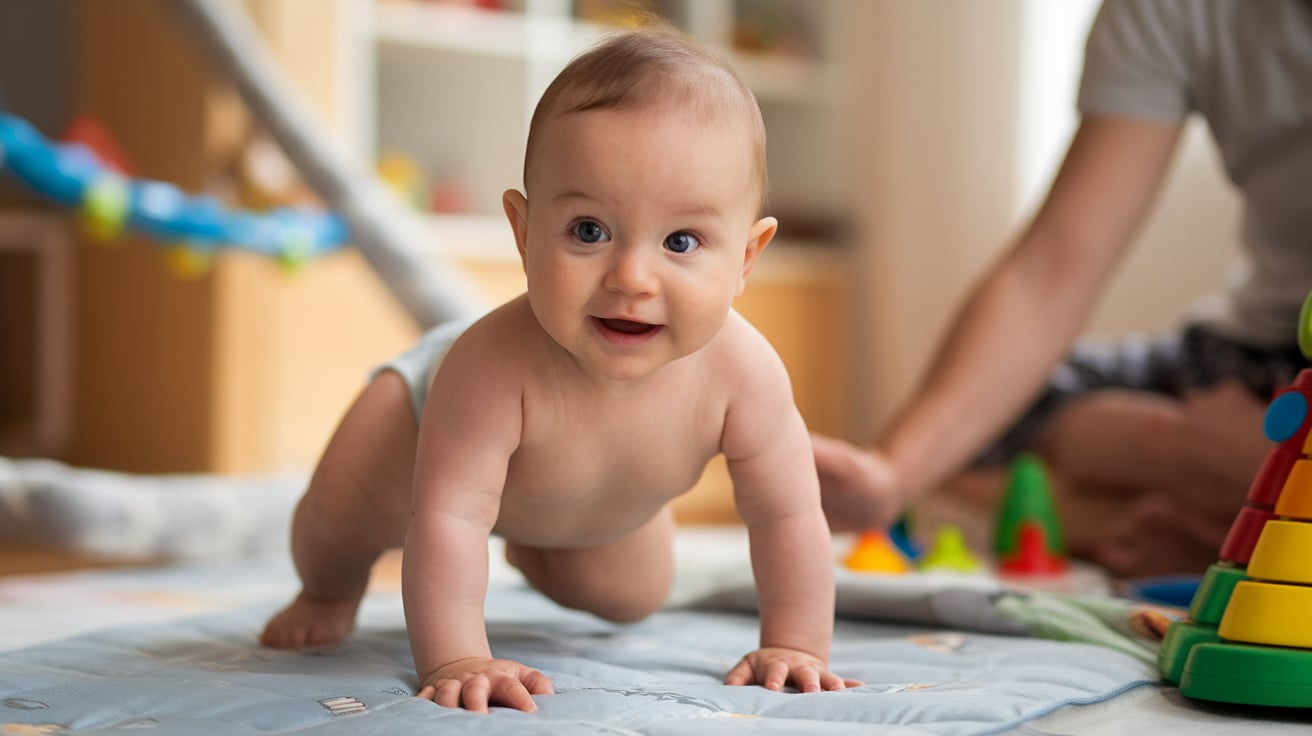
Crawling is a crucial milestone in a baby’s development, serving as the foundation for future motor skills, coordination, and strength.
While some babies may crawl traditionally on their hands and knees, others prefer variations like the bear crawl, each offering unique benefits.
Reasons Why Crawling Is Important for Babies:
- It makes arm and leg muscles stronger.
- It teaches babies how to move both sides of their body together.
- It helps brain growth by connecting the left and right sides.
- Crawling also allows babies to explore their world for the first time.
When Do Babies Start Bear Crawling?
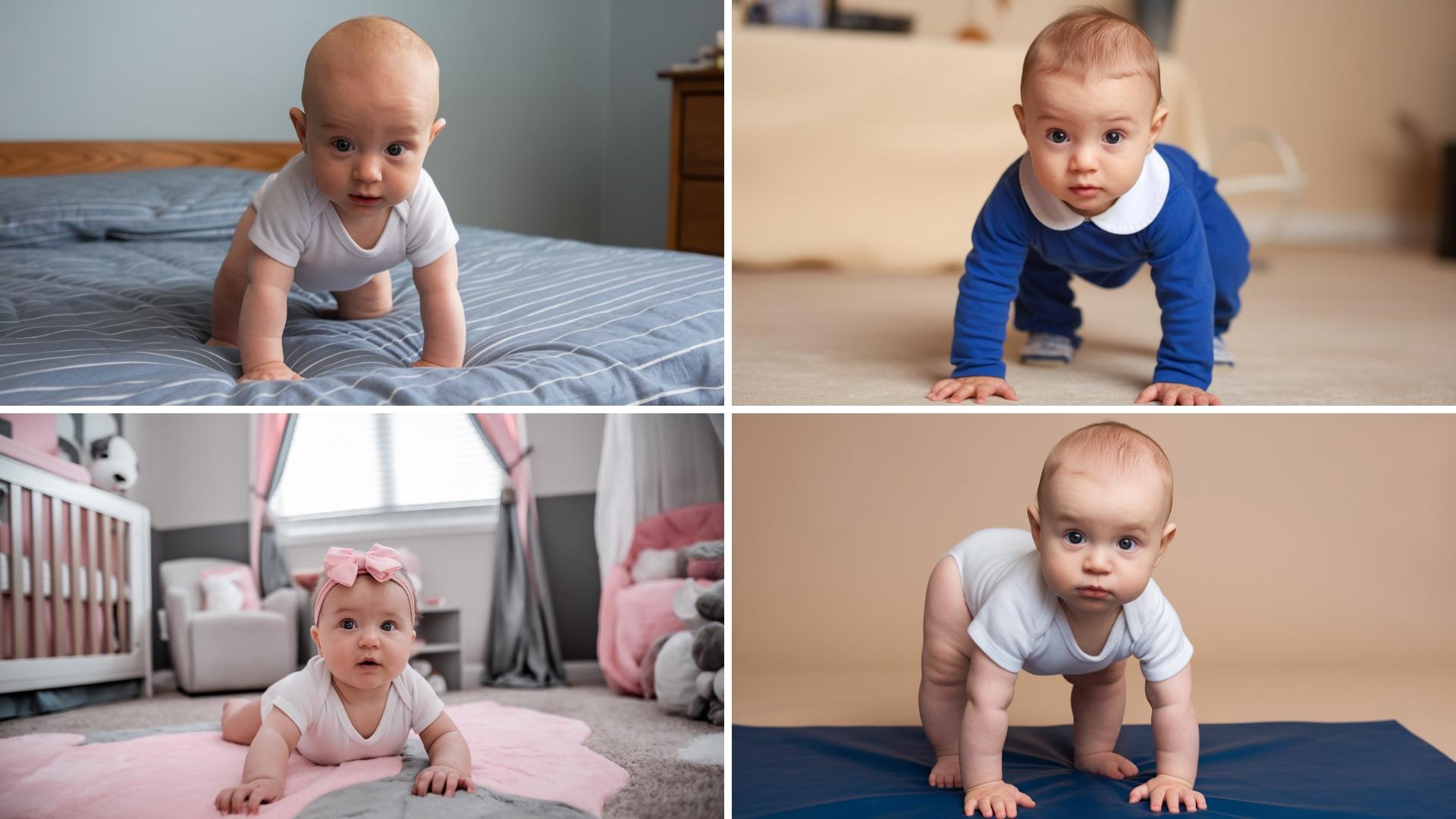
Most babies begin bear crawling between 8-10 months, though some start as early as 6 months or as late as 12 months. Every baby develops at their own pace.
Watch for these signs your baby may start to bear crawling soon:
- Good head and neck control
- Strong arm and leg muscles
- Ability to push up during tummy time
- Rocking back and forth on hands and knees
- Brief moments balancing on hands and feet
Babies often move from regular crawling (on hands and knees) to bear crawling (on hands and feet) when they’ve built enough upper body strength and balance—core strength, coordination, and curiosity to explore the world.
Note: Some babies skip certain crawling styles entirely, which is normal in healthy development.
Why Do Some Babies Bear Crawl Instead of Regular Crawl?
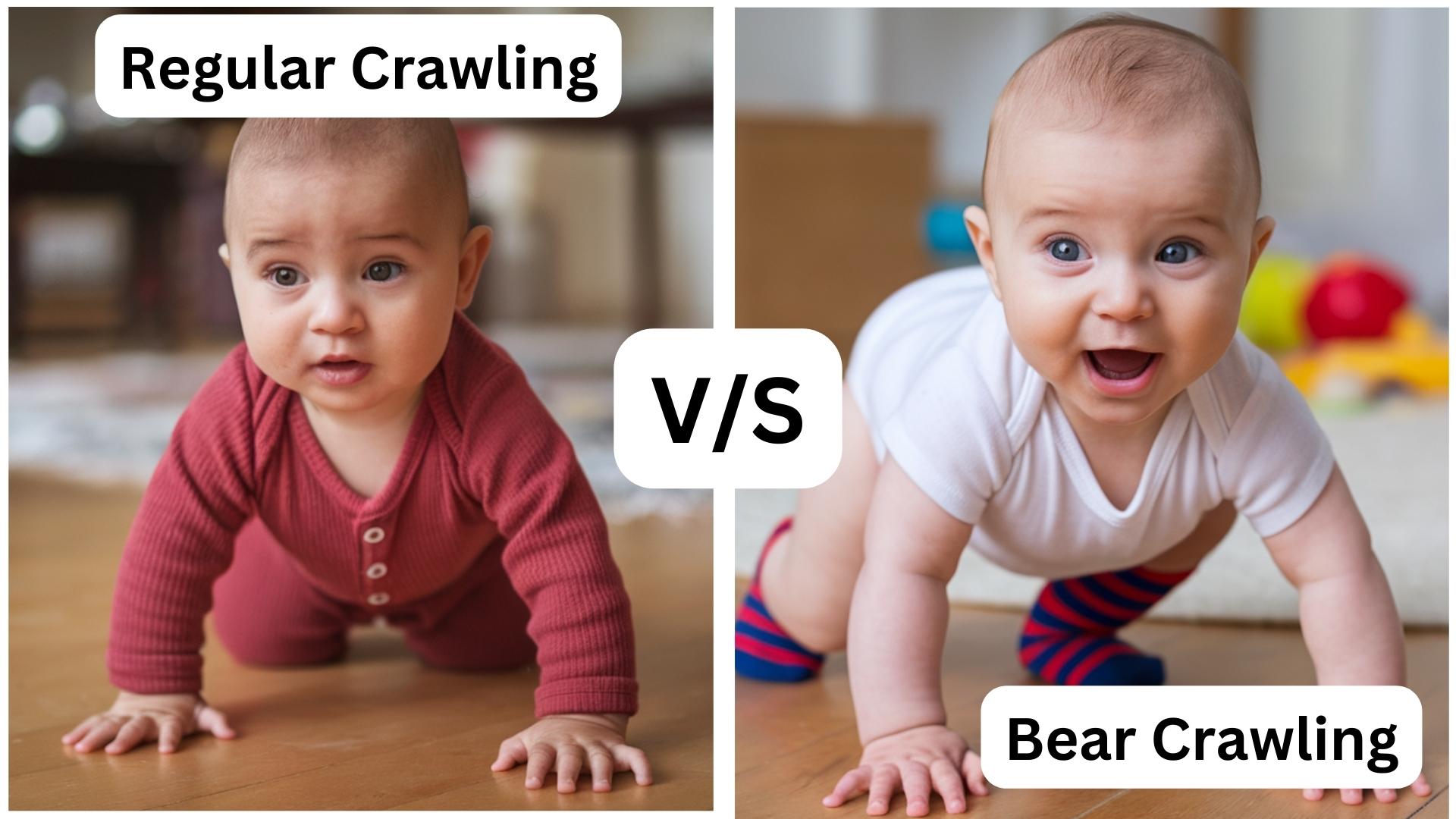
Some babies choose to bear crawl instead of the traditional hands-and-knee crawl. This different style offers unique benefits for your baby’s development.
Bear crawling builds excellent upper body and core strength as babies must support more weight on their arms and shoulders.
This movement engages different muscle groups, particularly strengthening the shoulders, back, and tummy muscles.
The bear crawl requires more coordination between all four limbs, helping babies develop better balance and body awareness.
It prepares them for walking by building strength and control in their legs and arms.
How to Encourage Bear Crawling
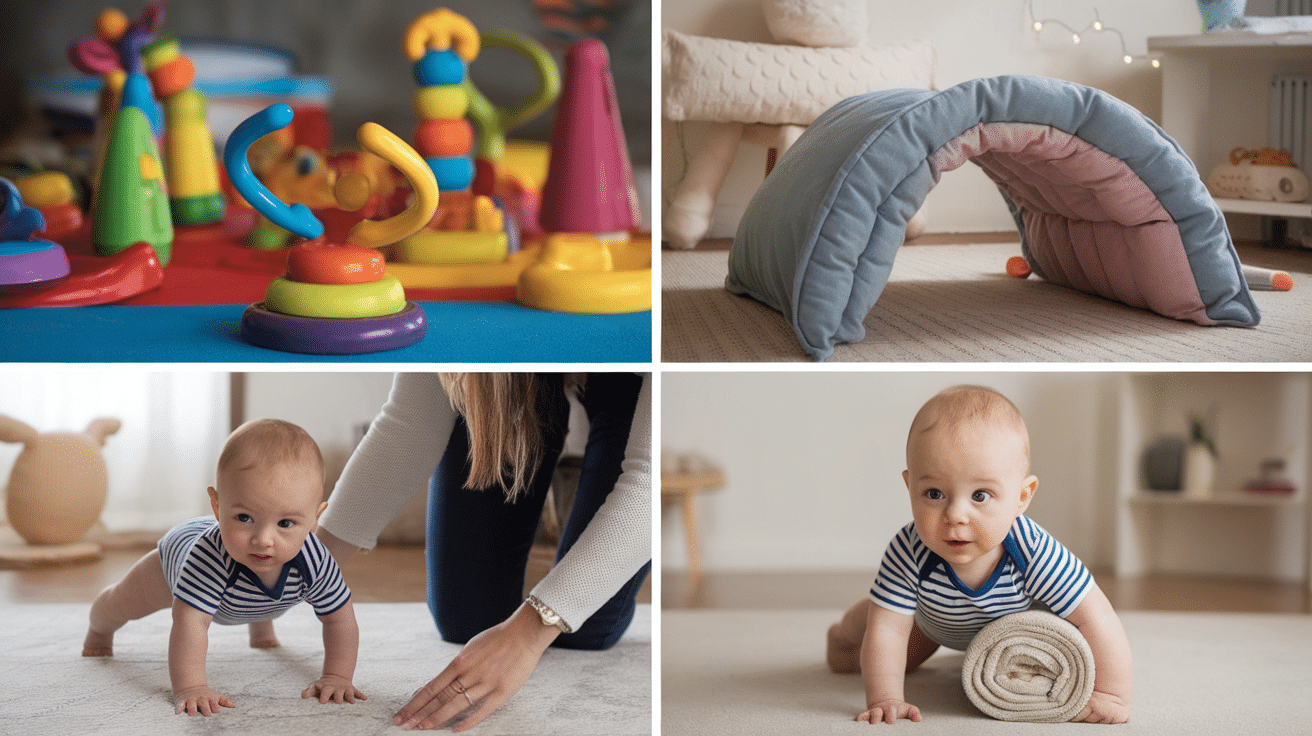
Tummy time is essential for building your baby’s muscles for bear crawling. Start with short sessions several times daily, gradually increasing duration as your baby grows stronger.
You can try these simple activities to encourage bear crawling:
- Place colorful toys just out of reach during tummy time
- Create a tunnel with pillows for the baby to crawl through
- Demonstrate crawling yourself to encourage imitation
- Use a rolled towel under the baby’s chest for extra support
Floor play naturally promotes movement. Spread out different textured toys on a clean, comfortable surface. Switch positions of favorite toys to motivate your baby to move toward them.
Remember that each baby develops at their own pace. Provide encouragement and celebrate small movements – even rocking back and forth is progress toward bear crawling!
Baby Crawl Styles: Common Worries & Expert Advice
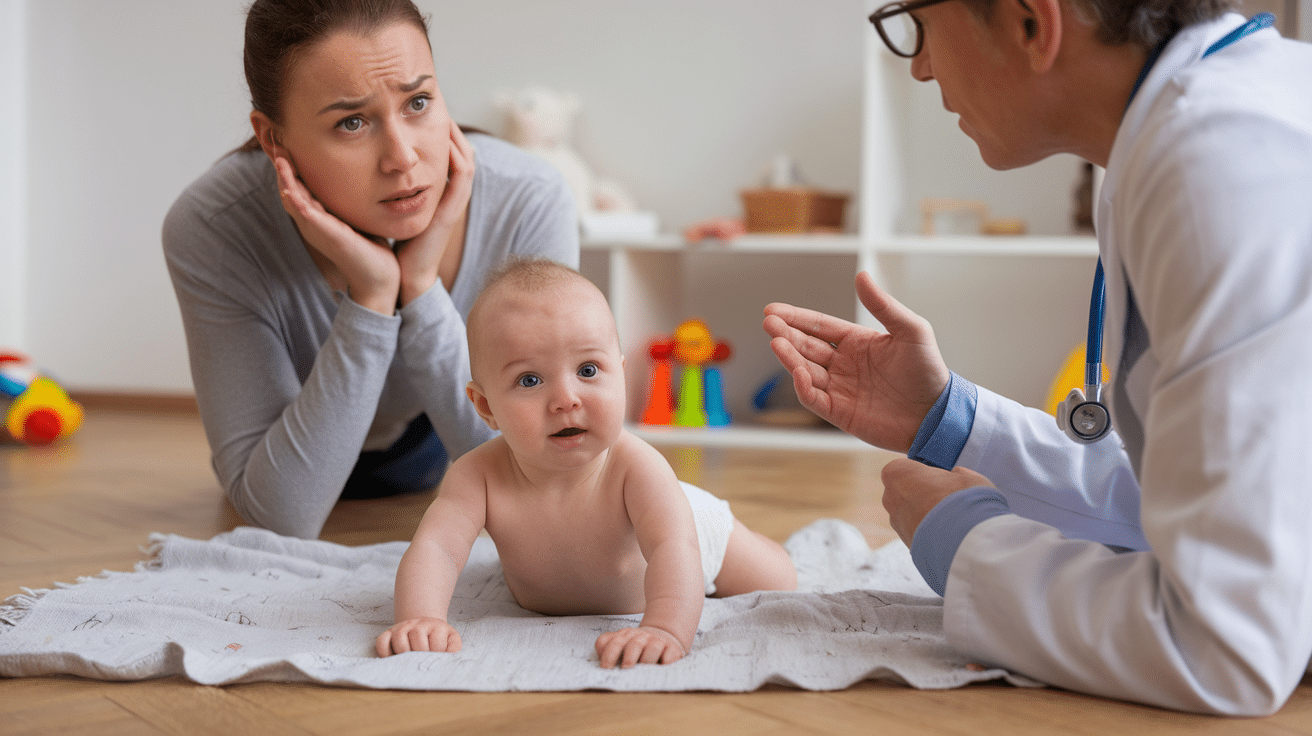
Is your baby bear crawling instead of traditional crawling? Many parents worry when their little ones develop in unique ways.
Every child’s development expedition differs, and crawling methods can vary widely between babies.
Some little ones never crawl, while others find creative ways to get moving. Bear crawling is just one of several normal movement patterns babies might choose.
Here’s what you should know:
- Different crawling styles are normal. Some babies skip regular crawling and choose bear crawling (on hands and feet with bottom-up).
- Experts agree variety is okay. Pediatricians confirm that many crawling styles help babies develop core strength and coordination.
- Watch for developmental milestones. What matters most is that your baby is moving and exploring, not how they do it.
Remember, each baby develops at their own pace with their own style!
Signs You Should Contact a Doctor
Most babies start crawling between 7-10 months. The bear crawl is normal and helps build strength. But sometimes, you might need to check with your doctor.
Call your doctor if:
- Your baby isn’t trying to move around by 12 months
- They seem to favor one side of their body
- They can’t support the weight on their arms
- They seem to be in pain when trying to crawl
- They lose skills they once had
Remember, every baby grows at their own pace. Some skip crawling and go straight to standing. But if you’re worried about how your baby moves, it’s always okay to ask your doctor.
They can check that everything is developing as it should.
Safety Considerations for Bear-Crawling Babies
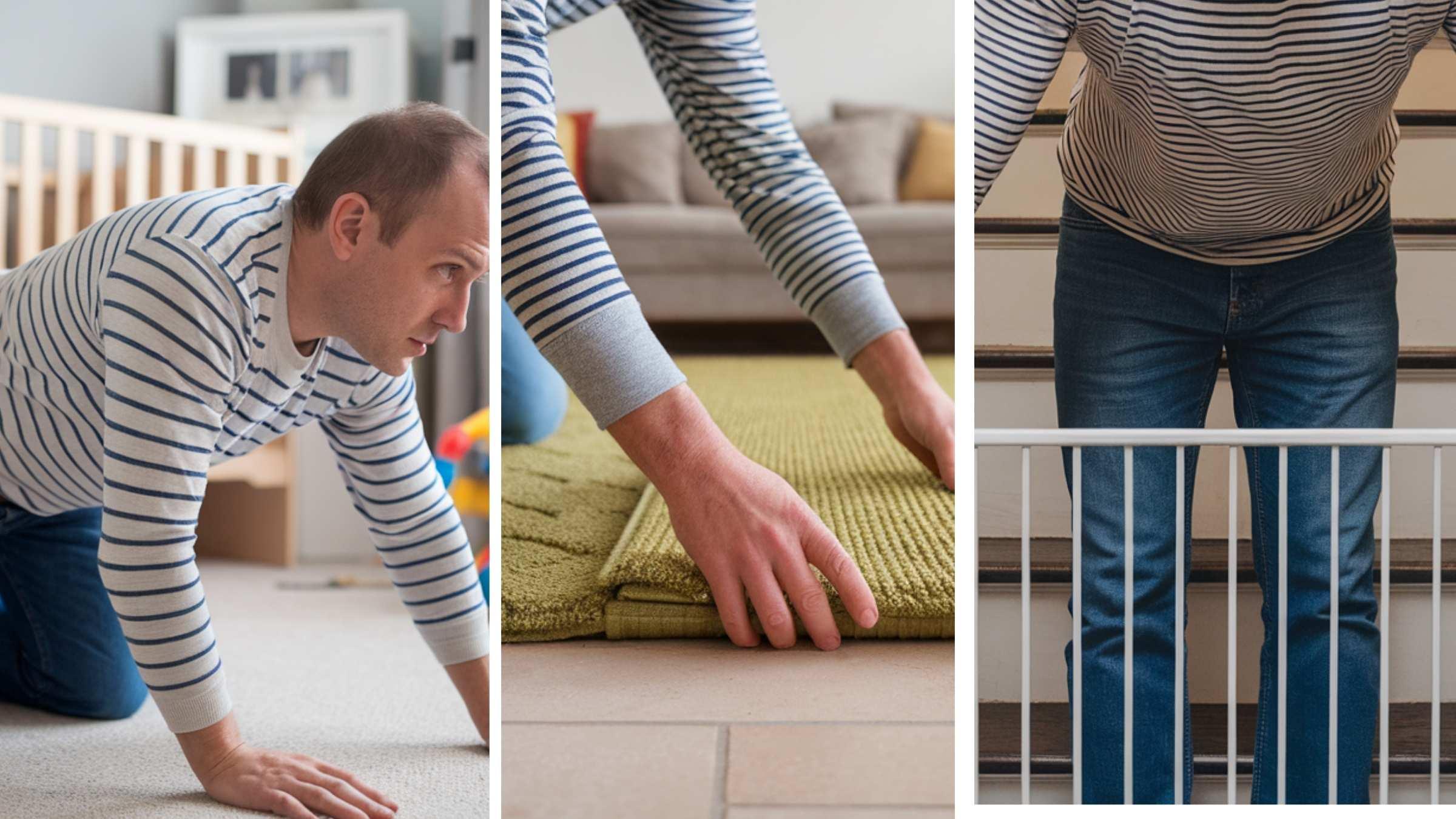
When babies start bear crawling—moving on hands and feet with their bottom up in the air—they can explore faster than ever before!
This exciting milestone means your little one can reach new places and find hidden dangers.
Creating a safe environment is crucial during this active phase. Your baby’s curiosity will lead them into every corner of your home, so taking proper safety steps now will give you peace of mind as they explore their world.
Here’s how you can create a safe area for your baby to bear crawl safely:
Baby-Proofing Your Home
Baby-proofing isn’t just about covering outlets. When your baby crawls, they can reach higher places and pull themselves up on furniture you never expected.
Here are some tips for the same:
- Get down on the floor to spot dangers at baby’s level
- Cover electrical outlets
- Secure furniture that might tip over
- Remove small items that could cause choking
Best Floors for Crawling:
The right floor surface can protect your baby’s knees and prevent slips during bear crawling adventures. Soft surfaces give them the confidence to practice this new skill.
Use these tips for your baby’s safety:
- Carpet or soft play mats are best
- Avoid slippery wooden floors and hard tiles
- Keep floors clean and free of small objects
Preventing Falls and Injuries:
Bear-crawling babies move quickly and can climb before you know it! Their determination to explore means you need a plan to keep them safe from falls.
- Use baby gates at the stairs.
- Create safe spaces away from sharp furniture edges
- Always watch your bear-crawling explorer
- Add corner guards to tables and shelves
Bear Crawling and Future Physical Skills
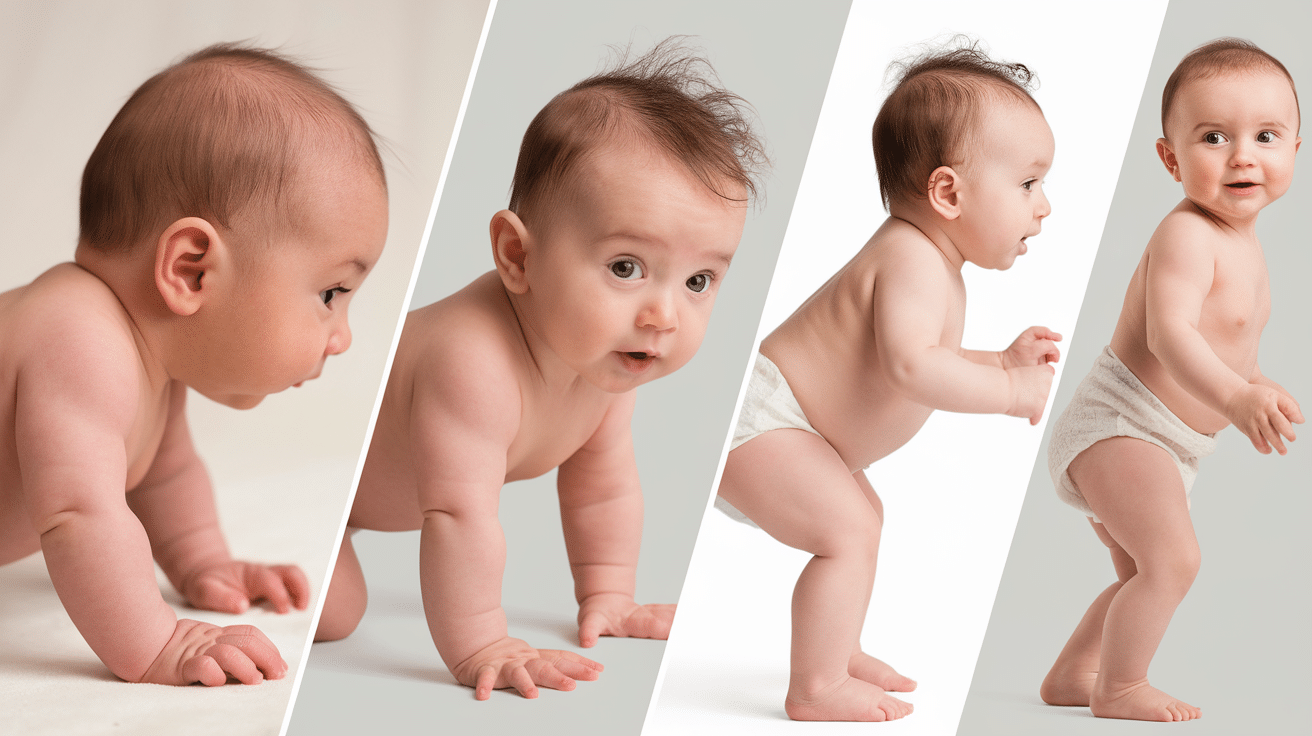
This activity does more than help your little one move around. It builds important muscles and skills they’ll need for walking and other activities.
When babies do the bear crawl, they strengthen their tummy, back, and arm muscles. These same muscles help them stand and walk later.
As your baby practices different crawling styles, they learn to balance their body weight. This balance helps them when they start taking their first steps.
Try these fun activities to help your baby move from crawling to walking:
- Place toys just out of reach to encourage movement
- Create small obstacles for them to crawl over
- Hold their hands while they try to stand up
The bear crawling is an exciting step toward your child’s walking journey!
Final Notes
Remember, bear crawling helps your little one build strong muscles, improve balance, and prepare for walking. It also boosts brain development by connecting the left and right sides of the brain.
Every baby is different, and that’s perfectly okay!
Some babies skip crawling or use different styles like scooting or rolling. What matters most is that your child moves and explores in their way.
Talk to your doctor if your baby isn’t moving much by 12 months or seems to favor one side of the body.
Most delays are nothing to worry about, but early help can make a big difference. Enjoy this special time watching your baby discover movement—it goes by so fast!
Frequently Asked Questions (FAQs)
Is Bear Crawling Normal for Babies?
Bare crawling is a normal variation of crawling and helps strengthen muscles needed for walking and coordination.
Why Do Some Babies Prefer to Bear Crawling?
Babies may find bear crawling easier or more comfortable as it engages their core, improves balance, and provides better traction on certain surfaces.
How Can I Encourage My Baby to Bear Crawl?
You can encourage bear crawling by providing tummy time, using toys as motivation, and placing them on textured surfaces for better grip.
Should I Be Concerned if My Baby Doesn’t Bear Crawl?
No, not all babies bear crawl. If your baby is meeting other motor milestones and moving independently, there’s no need to worry.

